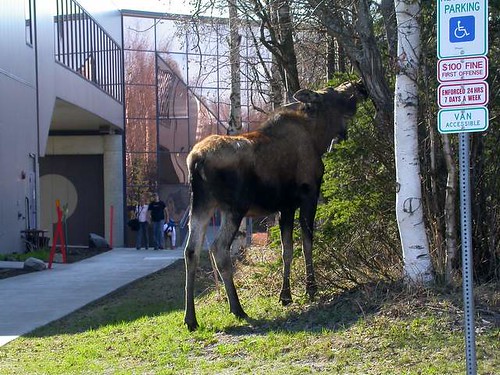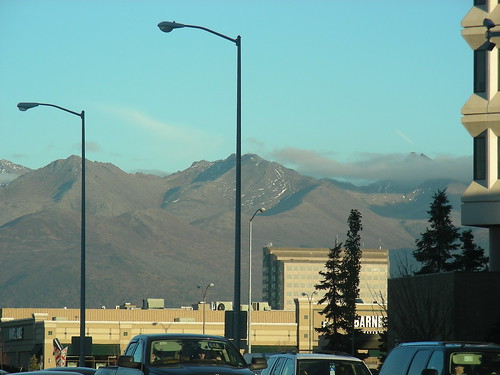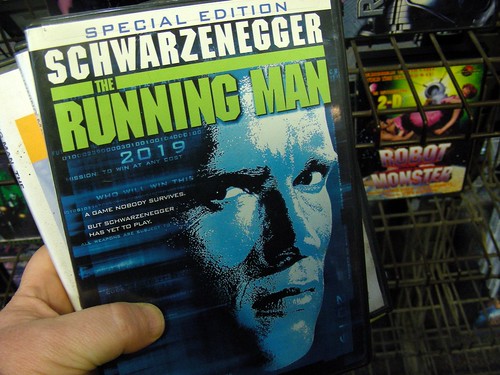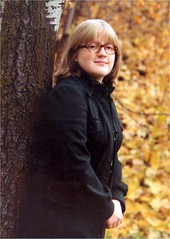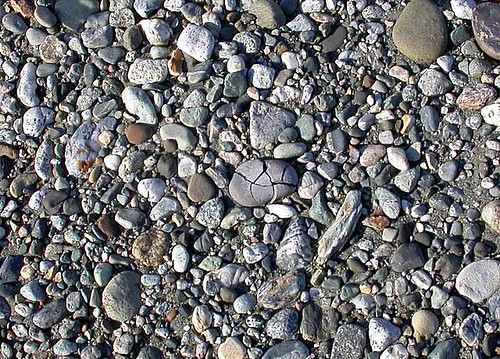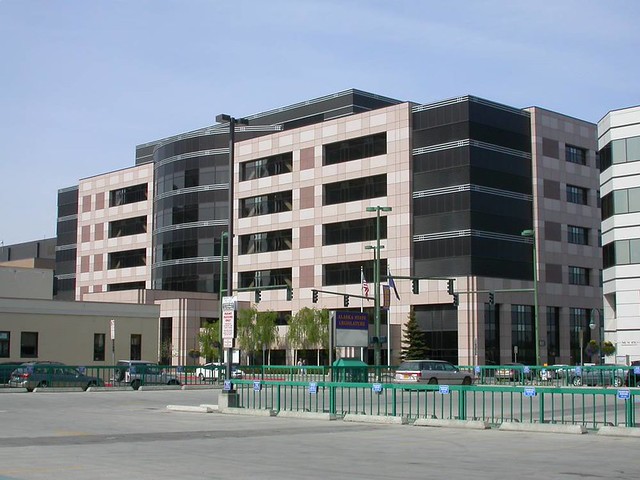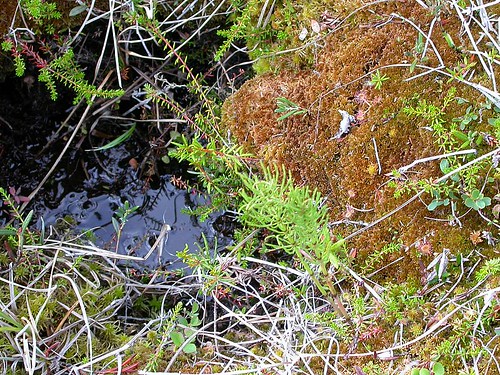
Sphagnum moss, sundew, & other plants in the muskeg of the Alaska boreal forest: A teensy part of the biosphere. Will any of this come with us into outer space?
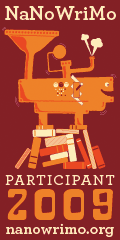
My username on NaNoWriMo: yksin.
A couple of weeks ago I wrote a post about my preliminary research on closed biospheres (see “Eating (& breathing & crapping) in outer space,” 9/29/09). This research was for a story I was working on, which has now become my project for NaNoWriMo 2009: Long Dark, about the people making the long journey between the stars to colonize another solar system. One of the planets in the destination solar system, in the process of terraformation, is the setting of my 2007 NaNoWriMo project Cold, from which comes the story “Cold” which will be published on November 1 in Crossed Genres Issue 12. Both Long Dark & Cold involve a space-based society that has been lived for generations in closed habitats — so the closed biosphere stuff is pretty darn important.
By the time I completed that previous post, I had learned a couple of new closely-related acronyms I hadn’t known before —
— but I was still a little fuzzy on the difference between the two of them. But thanks to the powers of “Click to Look Inside!” on Amazon.com, I was able to take a peek into a book that has answered that question — The Moon: Resources, Future Development and Settlement, 2nd ed. by David Schrunk, Burton Sharpe, Bonnie L. Cooper, and Madhu Thangavelu (Praxis, 2007).
Here’s one of the key passages, which also teaches me a new term — biospherics:
Biospherics is a newly-evolving discipline that studies and emulates the environmental, ecological, and life-support system of planet Earth. Advances in biospherics show much promise in the development of CLSS [I think they meant to write CELSS here] that can be applied to long-duration habitats on the Moon, and eventually Mars.
By introducing biological systems such a plants and animals into a cycle that resembles an ecological system on Earth, a symbiotic, balanced, and efficient ECLSS can be evolved. Such systems can be designed to regenerate food supplies (something that physico-chemical systems do not do) through complex feedback loops that are being developed and tested now with encouraging results. The result is a system that can imitate the functions of the Earth by regenerating the air, water, and food within the enclosure with only minimal additional input. Such a system is referred to as a sustainable ecological life-support system (SELSS).
Current experimental life-support systems show promise but are quite complex in their layout and function, and their performance has not been consistent. However, as experience with these systems increase, so will reliability and ease of operations. The long-term goal of the ECLSS community is to produce a fully-closed system that can regenerate all of the water, air, and food without adding anything to the system after startup. This ideal system is often referred to as the closed ecological life-support system or CELSS. (p. 102)
So it appears that in the lingo of space exploration, CELSS is a subset of ECLSS, with the latter term used for the life support systems developed for space exploration in general, & the former for those that are, ideally, self-sustaining, like real biospheres. But of course, in reality, even a physico-chemical system (the type of ECLSS that human-occupied spacecraft so far have used) is dependent upon full-scale biospheres, because such systems can’t sustain life for very long without continual replenishment: they’re good only for short missions and/or close-by missions (like the International Space Station), to which new supplies can be ferried. As Schrunk et al., write of physico-chemical systems,
They are dependable, show highly predictable behavior, and are rather easy to operate. However, for permanently-manned lunar bases, the material resources needed to operate such systems must be replenished at considerable expense. (p. 102)
And my characters, of course, are living much further out from Earth than the Moon.
Schrunk et al. say more about CELSS in their appendix on human factors in lunar settlement:
A CELSS is, in theory, a completely-closed system wherein continuous waste-recycling and regenerative systems provide 100 percent of the food, water, and breathable atmosphere in a psychologically-acceptable human environment. In practice, a completely-closed system is not possible, because some loss of resources (such as leakage of oxygen and water out of the habitat) is inevitable. The goal, then, of CELSS is to approach, as closely as possible, a condition of self-reliance for humans on the Moon, where a minimum re-supply from Earth is necessary.
The goal of self-reliance will be much more achievable for a lunar base than for an Earth-orbiting station because the lunar base will have access to local resources, such as water and oxygen, that are not available in Earth orbit. Furthermore, the Moon has a gravity that simplifies waste management, food preparation, and water purification procedures, and the lunar electric power grid will provide the lunar base with power.
The CELSS concept may be divided into four components: biological (plant growth) and inorganic food production; food processing; crew space; and waste processing. In addition to maintaining the proper oxygen-bearing atmosphere, the major challenges to CELSS on the Moon are the provision of food for the crew and the management of wastes. (pp. 390-391)
And from there into a description of the four components. (Compare with the four compartments of the MELiSSA loop of the European Space Agency’s Micro-Ecological Life Support System Alternative (MELiSSA) project, described in the “Eating (etc.) in outer space” post. Those four compartments match up with just the “waste processing” and “food production” components of the whole CELSS system.)
A good point there about how difficult it would be (outside a true planetwide biosphere like Earth) to have an ideal CELSS: even the best designed airlock in the world will let escape a few molecules of air with each use; over time, those losses would accumulate enough to have an impact on the CELSS’s ability to sustain itself. So, nice to be in a place which, even if it doesn’t provide the full panoply of resources that Earth itself does, can replenish enough of them to keep the denizens of a closed habitat reasonably healthy. That’s what last week’s so-called “moon bomb” was about: NASA’s Lunar CRater Observation and Sensing Satellite (LCROSS) is a prospecting mission. They’re looking for water (or more specifically, water ice, which they already exists on the Moon), without which lunar exploration (or settlement) would be prohibitively expensive.
My story will of course assume that such problems have been solved: it’s set in a story universe in which the Moon has been settled, Mars has not only been settled but actually terraformed, & humans also inhabit closed habitat settlements in the asteroid belt & on some of the various moons of the gas giants. But I’m also supposing that some progress in improving CELSS systems can yet be made, which is central to the concerns of one of my main characters, Jyoti. I’ve described her as a farmer —“A farmer, that is, in outer space terms: someone whose entire occupation is directed towards the healthy sustenance of humans living in closed biospheres in various size ranges,” as I wrote in the “Eating (etc.) in outer space” post.
But she’s also a farmer on a mission: a generations-long mission to another solar system, & in the long in-between of the 4+ light years separating our native solar system from the one she & all her people are headed towards, they’re not going to have anyone to turn to if, for instance, they have some kind of nutritional deficiency in their diets. Living in the Belt, one could presumably still get (if at enormous costs) foods imported from Earth or (the terraformed) Mars to add variety to the diet & to address deficiencies: no such luck when one is on a starship moving at an incredibly high velocity (sublight, but hey: even 10% the speed of light is pretty damn fast!), that no CARE package from home can hope to catch up with. So Jyoti, as one member of the Consensus of outer-space farmers of which she is part, is all about ensuring that they’ll have everything along that they’ll need for the generations of the passage & their descendants, the generations that will actually settle the new system.
In Schrunk, et al. I found this note:
Experiments on Earth have demonstrated that the caloric requirements of one person can be satisfied by the wheat output that is grown on an area of approximately 20 square meters (Salisbury and Bugbee, 1985). For a lunar base of 50 people, the area of lunar soil under cultivation would need to be 1,000 square meters; a wheat field of one square kilometer could theoretically support as many as 50,000 people. (p. 390, note 7)
Very useful info, that. But that’s just wheat, and, as any nutritionist knows, Man & woman does not live by carbs alone: we also need fats & protein.* And we need particular kinds of carbs, fats, & protein, not to mention minerals & vitamins & other micronutrients — at least if we want to be healthy. So it seems to me that one of the great challenges to space exploration would be in designing CELSS systems that offer not just basic sustenance that even carbs-in-a-box, Big Macs, & Pepsi Cola provide in a (very bad) way, but healthy sustenance over a long period of time.
So thank you for this new word: biospherics very much captures what I mean. Jyoti & company need not just a basic life support system, but a complete biosphere. A smaller biosphere, to be sure, than our birthplace Earth: but an entire one all the same.
Besides, this new word has given me a new search term, which has already landed me one great find: a book I probably would have missed otherwise, Spaceflight Life Support and Biospherics by Peter Eckart (Microcosm, 1997). More than a decade old… but I reckon it’ll still give me a better background than what I have now. I found a few other books too that cover topics I need to know a bit more about to write the story universe of Long Dark & Cold, including Schrunk, et al.’s, Moon book.
They’re on their way to me right now — should be here by Wednesday. Sublight, but still pretty damn fast.
The expanding reading list: it’s not like I’ll get ’em all read before NaNoWriMo starts on November 1. But it’s not like the whole thing will get written in November, either. Both the reading this month, & the writing next month, are just front-end loading. But lots of fun.
* Grateful acknowledgment to Deut. 8:3, Matt. 4:4, & Luke 4:4.

